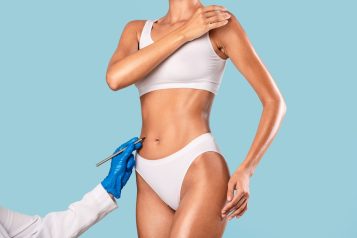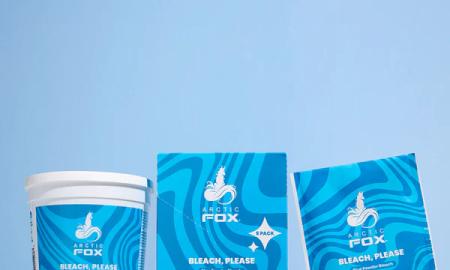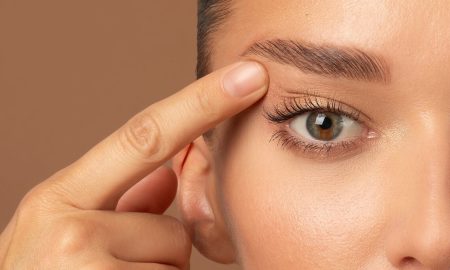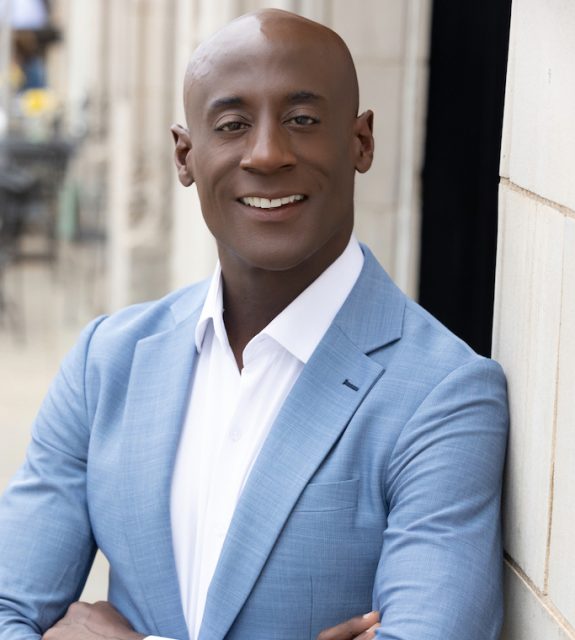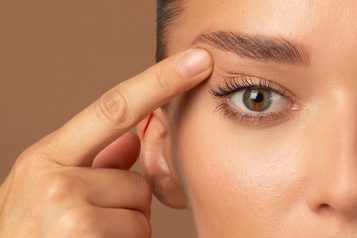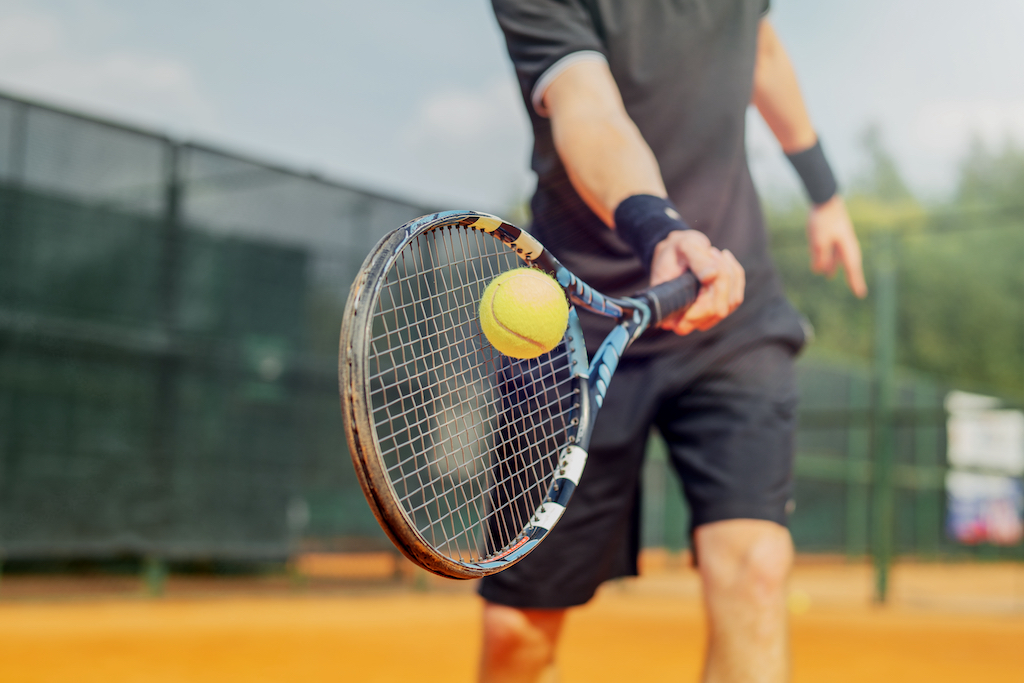
Racket sports are immensely popular worldwide, with tens of millions of enthusiasts playing tennis, pickle, and padel. While these sports can burn calories and offer numerous health benefits like improved cardiovascular health, they also come with their fair share of risks. The two most prevalent injuries among racket sports players are tennis elbow and Achilles tendonitis. In this article, we will dive into these injuries, exploring their causes, symptoms, prevention, and treatment options, and leave you with some pearls.
Tennis Elbow (Lateral Epicondylitis)
Causes: Tennis elbow affects the tendons on the outer part of the elbow from overuse of muscles called the extensor carpi radialis group. These muscles extend the wrist and are activated in amateurs when hitting a backhand. However, you are not supposed to extend your wrist while hitting a backhand. Professionals and other players that use form, do not suffer from tennis elbow.
Symptoms: This repetitive extension of wrist motion causes inflammation and pain where the tendon connects the muscle to the lateral elbow bone. The pain can be sharp and last months.
Prevention: The key to preventing tennis elbow is to improve your technique. Try not to extend your wrist while hitting your backhand. Stretching the extensor carpi radialis muscles is another way to prevent this injury. To stretch the muscles properly, extend your arm out in front of you and bend your wrist so your fingers point down to the floor. Lastly, rotate (pronate) your arm so your fingers point outward. You should feel a stretch on the outer part of the elbow. You can use your opposite hand to stretch it further. Do this stretch 4 times per day, especially before and after playing.
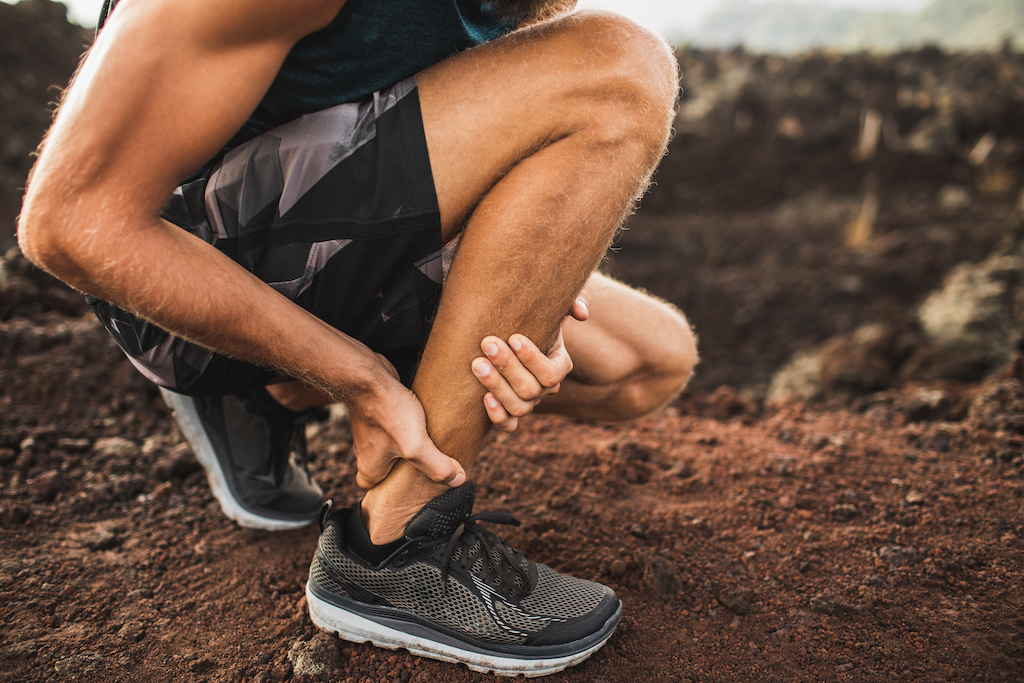
Achilles Tendonitis
We see so much of this now from racket sports, we call it “Racket Achilles."
Causes: Repetitive running or jumping, quick directional changes, and tightness of the calf muscles.
Symptoms: Pain and inflammation where the tendon connects the calf muscle to the heel. The pain can be sharp and last months.
Prevention: The key to preventing this injury is to stretch the calf muscles properly with your knee bent to isolate the soleus muscle and Achilles tendon. If your knee is straight, you will stretch other calf muscles such as the gastroc, but it will not help Achilles tendonitis. To do this, stand facing the wall with your lead/affected foot against the wall, pointing your toes up. Lean forward at the waist into the wall and bend the knee of the foot you are stretching. Do this stretch 4 times per day, especially before and after playing.
Pearls: Since tennis elbow is a repetitive injury due to overuse of wrist muscles, wearing a band around your forearm will do absolutely nothing to help this injury. If you want to wear anything while playing, where a brace that prevents your wrist from extending. For both injuries, avoid cortisone injections into the tendon. While an injection may provide temporary relief, it will do nothing to fix the problem and can lead to a complete rupture of the tendon.
Treatment Options: At Apprize Medicine, we take the same approach to treating both injuries. We start by assessing the injury with an orthopedic examination, diagnostic ultrasound, or even MRI to tell us how significant the injury is. Is it torn, partially torn, tendonitis, or is there tendinosis? After properly diagnosing the injury, we use conservative treatments like acupuncture, PT, joint mobilization, and massage to break up scar tissue, stretch muscles, and decrease inflammation. If two to four weeks of conservative treatment is not successful, we use cutting-edge regenerative techniques like PRP or stem cell injections, depending on the severity of the injury.
Regenerative medicine procedures can decrease inflammation and pain and aid in the healing of tendons. Tendons have poor blood supply, which is needed to carry nutrients to the injured area for healing. Stem cells or PRP are nutrient-rich and carry everything the body requires to repair and heal repetitive injuries. Injecting them directly to where your tendon needs it the most, but can’t get it otherwise, is a great way to fix the injury and make the tendon stronger going forward.
To find out more about these injuries and treatment options, please call Apprize Medicine at 305.851.2132 or visit our websites at Apprizemed.com or USASportsMedicine.com.
For more information, visit Apprize Medical's social media:








